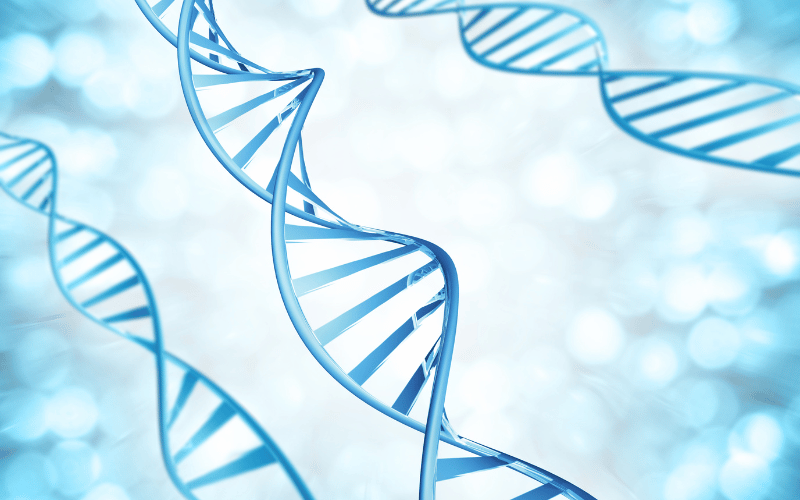3. Coloboma’s Genetic and Developmental Origins

Understanding the origins of coloboma is key to comprehending its impact. This condition is often traced back to genetic factors, highlighting the role of heredity in its occurrence. In many cases, coloboma is linked to mutations in specific genes that play a crucial role in eye development. These genetic variations can be inherited from parents or arise spontaneously.
The development of coloboma is also closely tied to the eye’s formation during pregnancy. It occurs when the fetal eye’s optic fissure, a gap necessary for the eye’s development, fails to close completely. This incomplete closure can lead to gaps or defects in various parts of the eye, leading to the manifestation of coloboma.
This genetic and developmental perspective of coloboma brings attention to the importance of prenatal care and genetic counseling. For families with a history of coloboma, genetic counseling can provide valuable insights and guidance. It aids in understanding the risks and probabilities of passing the condition to future generations.
Moreover, this perspective underscores the significance of research and advancements in genetics and developmental biology. As our understanding of the genetic underpinnings of coloboma deepens, so too does the potential for early detection, improved management, and possibly, future therapeutic interventions. The exploration of coloboma’s origins is not just a journey into the complexities of genetics but also a testament to the advancements in medical science and its role in enhancing our understanding of rare conditions like coloboma. (3)